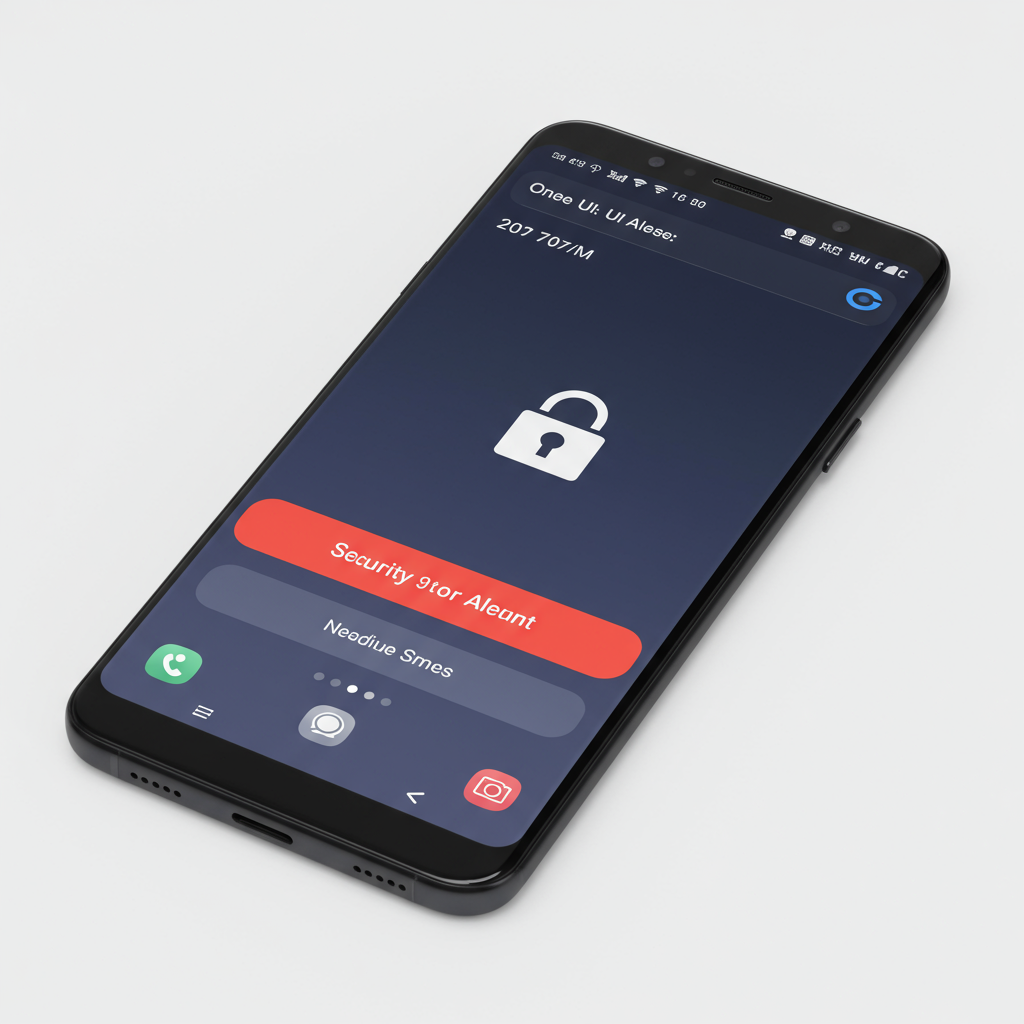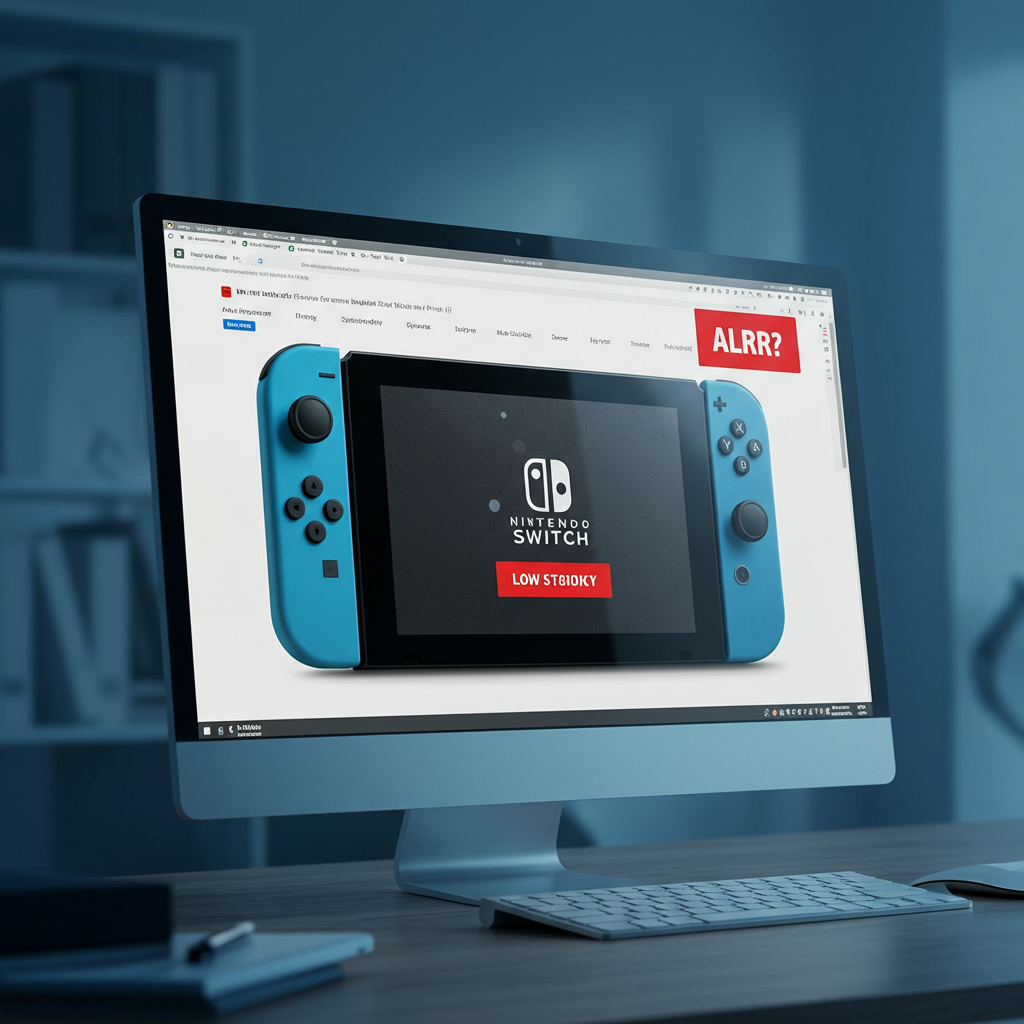Mobile device security and user privacy are becoming increasingly critical concerns in our digital lives. As operating systems evolve, both Google and manufacturers like Samsung are prioritizing features that empower users to protect their data. Samsung’s upcoming One UI 8, expected to layer over Android 16, appears poised to introduce a significant enhancement in this area: a dedicated security alert system, potentially named the “Alert center.” This development signals Samsung’s commitment to providing users with robust, proactive tools to monitor and manage their device’s security posture.
Recent deep dives into Samsung’s software code, commonly known as APK teardowns, along with subsequent reports from technology outlets like Android Authority, have unveiled hints of this new feature. The findings suggest that One UI 8 will integrate a sophisticated notification system designed specifically to flag potential security and privacy vulnerabilities that users can then readily address. This initiative aligns closely with broader industry movements, including Google’s own efforts to bolster security measures within Android 16 itself, particularly through anticipated improvements to the Security and Privacy page and features like “Advanced Protection.”
What is the One UI 8 Alert Center?
Based on the information gleaned from the code analysis, the Alert Center is envisioned as a centralized hub for critical notifications regarding your device’s security and privacy status. Unlike the subtle indicators currently present in Android, such as the small green dot that appears when an app uses your camera or microphone, this new system aims to be far more explicit and actionable. Its purpose is to move beyond passive cues, providing users with clear, proactive alerts about potential risks or recommended security actions directly through notifications.
This feature represents a potential step forward in how users interact with their device’s security. Instead of needing to manually navigate deep settings menus or interpret system icons, the Alert Center would bring pressing security issues to the forefront, ensuring users are immediately aware of potential problems and guided towards solutions.
Types of Security Alerts Expected
The code findings point to a wide range of scenarios that the Alert Center could monitor and flag for users. These cover various aspects of device security and data privacy.
One key area of focus appears to be app behavior and permissions. The system could provide notifications if apps are detected accessing sensitive functions like your camera or microphone when you are not actively using them. This is particularly valuable for identifying apps that might be unnecessarily retaining access or potentially operating in the background without your full awareness, raising significant privacy concerns. Similarly, alerts could be triggered if applications access sensitive data like your messages under suspicious circumstances.
Beyond monitoring real-time app access, the Alert Center is also expected to encompass broader system-level security checks. This reportedly includes notifications about outdated software installed on your device. Keeping operating system and app software updated is crucial for patching security vulnerabilities, and proactive reminders from the Alert Center could help users stay protected against known exploits.
Furthermore, the system is anticipated to alert users to the detection of malware on their device. Malware can compromise data, steal information, or disrupt device functionality, making prompt detection notifications a vital security tool. Warnings about unsecured user accounts, potentially linked to weak passwords or data breaches, could also be part of the Alert Center’s purview, prompting users to take steps to secure their online identities. Lastly, reminders to set up or review biometric security features, such as fingerprint or facial recognition, underscore the importance of strong device access controls.
How Does This Compare to Existing Android Security?
Currently, Android provides several security and privacy features. The Privacy Dashboard offers an overview of how apps have used permissions over the last 24 hours. Visual indicators, like the green dot, provide real-time notification of camera or microphone use. Google Play Protect scans apps for malware. The Security and Privacy settings page aggregates various options.
While these features are valuable, they often require the user to actively seek out the information or are limited to simple real-time indicators. The proposed One UI 8 Alert Center seems designed to be more of a proactive, push-notification system. It aims to bring a broader range of potential issues – from dormant app access to outdated software and account security – directly to the user’s attention through persistent alerts, creating a single, prominent point of awareness for critical security matters. This shift from passive information to active alerts is a significant difference.
Samsung’s Evolving Security Focus
Samsung has long integrated its own security measures within One UI, building upon the foundation provided by Android. Features like Samsung Knox provide enterprise-grade security for data protection and device management. The addition of a feature like the Alert Center suggests an enhanced focus on making security more accessible and understandable for the average consumer. It reflects an industry trend where manufacturers are not just building security features into the background but are creating user-facing tools that encourage engagement with security practices.
This move also aligns with the trajectory of Android development under Google, which continues to emphasize user privacy and system security with each new version. Android 16’s planned enhancements to the Security and Privacy page and features like Advanced Protection indicate a collective push across the Android ecosystem to raise the bar for device security. Samsung’s Alert Center can be seen as their specific contribution to this broader effort, leveraging their One UI platform to deliver a potentially more integrated and branded security experience for Galaxy users.
Status and Future Outlook
It is important to note that information about the Alert Center comes from code found within One UI 8. This indicates that the feature is under active development within Samsung. However, finding code for a feature does not guarantee its final release. Development plans can change, and features discovered in teardowns are sometimes altered or scrapped before the final software version is rolled out.
Currently, there is no official information available regarding when One UI 8 might be released, or when this specific Alert Center feature might be ready for public use. Given that it was found in code associated with the next major One UI version, it suggests it’s not an immediate release but rather something planned for a future update, potentially aligning with or following the release of Android 16. Users should understand that while the prospect of this enhanced security tool is promising, its availability date and final form are still subject to Samsung’s development and release schedule. More concrete details will likely emerge as One UI 8 development progresses.
Frequently Asked Questions
What exactly is the Samsung One UI 8 Alert Center and what kinds of issues will it flag?
The One UI 8 Alert Center is a proposed new security feature discovered in Samsung’s software code. It’s designed as a proactive notification system that goes beyond current basic indicators. Based on findings, it’s expected to alert users to issues like apps accessing sensitive data (camera, mic, messages) when not in active use, outdated software versions with potential vulnerabilities, detected malware, warnings about unsecured user accounts, and reminders to set up or review biometric security options.
How does this new security system compare to existing Android security features?
Current Android versions offer features like the Privacy Dashboard and real-time visual cues (like the green dot) for camera/mic usage. However, these often require user action or are subtle. The One UI 8 Alert Center is anticipated to be a more robust, push-notification based system. It aims to actively notify users about a wider range of potential security and privacy concerns directly, centralizing these alerts for easier visibility and management compared to the more passive or dispersed information in standard Android.
When might the One UI 8 Alert Center be available on Samsung devices?
Information about the Alert Center comes from code found within the development version of One UI 8, which is expected to be based on the upcoming Android 16. As of now, there is no official release date announced for either One UI 8 or the Alert Center feature itself. Its appearance in development code suggests it’s being worked on, but it may take some time before it’s fully implemented and rolled out to devices, and there’s always a possibility that planned features seen in code teardowns may change before final release.
Conclusion
The potential inclusion of a robust Alert Center in Samsung’s One UI 8 update signifies a compelling step forward in mobile device security and user empowerment. By moving towards a more proactive and centralized notification system for privacy and security concerns, Samsung could provide its users with an enhanced level of awareness and control over their devices and personal data. While the feature’s final form and release timeline remain uncertain as development continues, its emergence in the code suggests a future where keeping your Galaxy device secure is not just about background protections but also about clear, actionable insights delivered directly to you. This aligns with the industry-wide push to make digital security less complex and more accessible for everyone.




